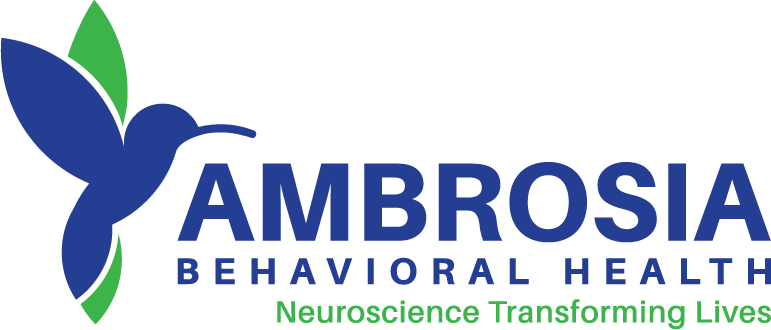Abusing alcohol or another drug can have a devastating effect on a person’s life. But when a person has been engaging in polysubstance abuse, their risk for harm can increase considerably. What is polysubstance abuse? It is a particularly dangerous behavior that involves two or more drugs. Some people use multiple drugs at the same time (which is known as concurrent polysubstance abuse). Others use several drugs at different times (sequential polysubstance abuse).
What is Polysubstance Abuse?
The definition of polysubstance abuse is the misuse of more than one drug. Polysubstance abuse can include both intentional and unintentional behaviors.
In some cases, people may take multiple drugs at the same time in an attempt to enhance the impact of the substances. In other cases, a person may take one type of drug to counteract the effects of another drug.
Cases of unintentional polysubstance abuse result from a person taking an illegal drug that they don’t realize has been mixed with another substance.
No matter what causes a person to engage in polysubstance abuse, this behavior can be a source of considerable harm.
According to the U.S. Centers for Disease Control and Prevention (CDC), there were an average of 250 daily overdose deaths in the United States in 2019. The CDC reports that almost 50% of these deaths involved people who used two or more substances.
Dangers of Polysubstance Abuse
People who engage in polysubstance abuse put themselves at risk for immediate harm and long-term damage. Its many potential dangers include:
- Unpredictable physical and psychological reactions to the drugs
- Damage to the heart, liver, kidneys, and lungs
- Development of substance use disorders (which is the clinical term for addiction)
- Development or worsening of co-occurring mental health concerns
- Injuries due to slips, falls, automobile accidents, and other impaired behaviors
- Overdose
- Death
There is no such thing as safe polysubstance abuse. Any time a person abuses more than one drug, they risk their health – and possibly their life. The longer a person continues to abuse multiple drugs, the greater the likelihood becomes that they will incur irreversible damage.
Types of Polysubstance Abuse
Any misuse of multiple drugs qualifies as polysubstance abuse. However, certain drug combinations are more common than others. Many types of polysubstance abuse involve alcohol. In some cases, a person may use cocaine or another stimulant as a means of offsetting the depressive effects of alcohol. Using a stimulant, they believe, can help them stay awake for a longer period of time, so they can continue to drink.
In other cases, people may use alcohol to boost the effects of other drugs. For example, a person may combine alcohol with ecstasy, prescription painkillers, other opioids, or marijuana in an attempt to achieve a more intense high. Some common cases involve drugs from the same category. This can include using several different prescription painkillers or abusing multiple stimulants (such as cocaine and methamphetamine).
There have also been several reports of people using heroin that, unbeknownst to them, had been mixed with fentanyl. Experts believe that this type of unintentional polysubstance abuse is contributing to the nation’s elevated rate of opioid overdose deaths.
Polysubstance Dependence
Overdose and death aren’t the only negative outcomes that can result from polysubstance abuse. People who abuse several substances can, and often do, become addicted to them.
According to a 2020 report in the journal Frontiers in Neuroscience, more than 3.5 million people are addicted to alcohol and at least one other drug. This report also included the following information:
- People who abuse alcohol are twice as likely as non-alcohol users to become addicted to heroin.
- The risk of heroin addiction is 15 times higher among people who abuse cocaine.
- Most people who develop an addiction have been abusing more than three different drugs.
Thankfully, addiction is a treatable disorder. This includes addictions to more than one drug. Anyone who has developed a drug dependence can achieve successful recovery, if they get the help they need.
Types of Treatment for Polysubstance Dependence
Treatment for polysubstance dependence may include a variety of services, including several types of therapy and certain prescription medications.
If a person’s polysubstance abuse results in an addiction to alcohol or opioids, they may benefit from medication-assisted treatment, or MAT. This evidence-based approach incorporates medications that can help a person end their substance use without going through the distress of withdrawal.
Certain prescription medications can also help people who need to complete detox before they’re ready to fully engage in therapy.
The therapeutic component of treatment for substance use disorder may include individual, group, and family sessions.
- Individual therapy is a safe space where people can discuss concerns and challenges that they may be uncomfortable talking about in a group setting.
- Group therapy can help people develop and practice important relapse prevention skills. Groups can also help people form productive relationships with other members of the recovery community.
- Family sessions can be vital sources of information about substance abuse, addiction, and recovery. Family programming can also teach loved ones how to better support each other.
At Ambrosia Treatment Center in Orange County, people can receive treatment for polysubstance abuse at three levels: inpatient care, intensive outpatient program (IOP), and outpatient rehab. Some adults receive care at one level, while others may begin at the inpatient level, then transition to our IOP or outpatient rehab for step-down support.
Begin Treatment for Polysubstance Abuse in Orange County
Ambrosia Treatment Center provides personalized care for adults whose lives have been disrupted by substance use disorder. Our addiction treatment center in Orange County, California, is staffed by dedicated professionals who can help you end your abuse of alcohol and other drugs. Contact us today to learn more about our programs and services.




